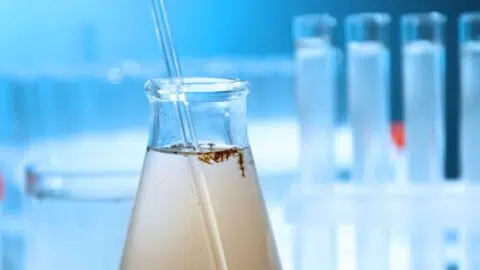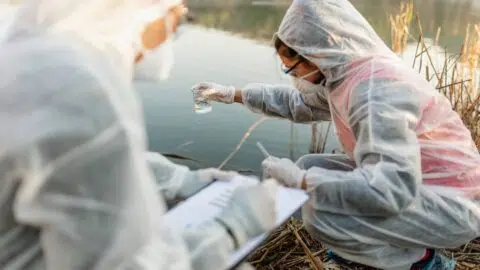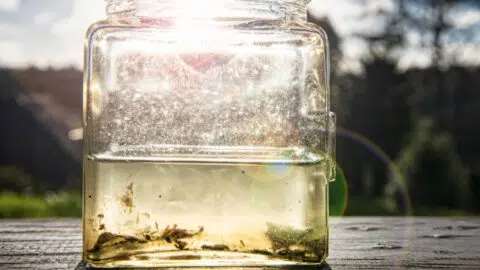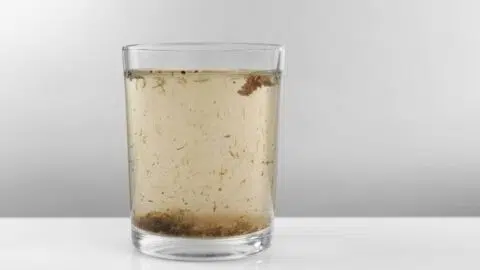Nitrates
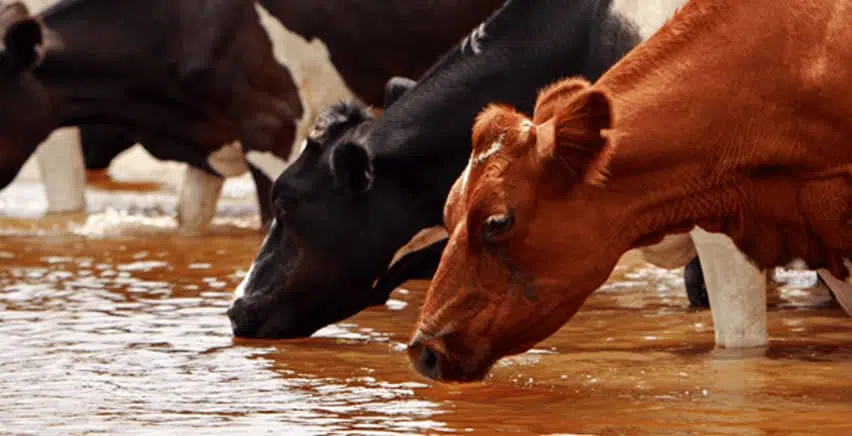
Nitrate in Rural Groundwater
High reported levels of Nitrate in groundwater have been an issue in Mid Canterbury for over 25 years, but are increasing significantly recently.
In relatively shallow wells below meat processing plants, the levels have exceeded 20ppm in effected wells.
Four meat processing plants near Ashburton have historically contributed to significant documented evidence of elevated Nitrate in groundwater.
In 1994 two children were hospitalised as a result of the well on a property on the seaward boundary of the CFM plant at Fairton, being contaminated with Nitrate, reported at above 20ppm. This well and others below other local meat processing plants to the north and east of Ashburton had negatively affected water quality in the resulting plumes of recorded Nitrate testing.
Fast forward to the advent of intensive dairying in Canterbury and other areas, for the number of wells affected in a significantly increased area, to have exponentially increased, with widespread elevated levels of Nitrate.
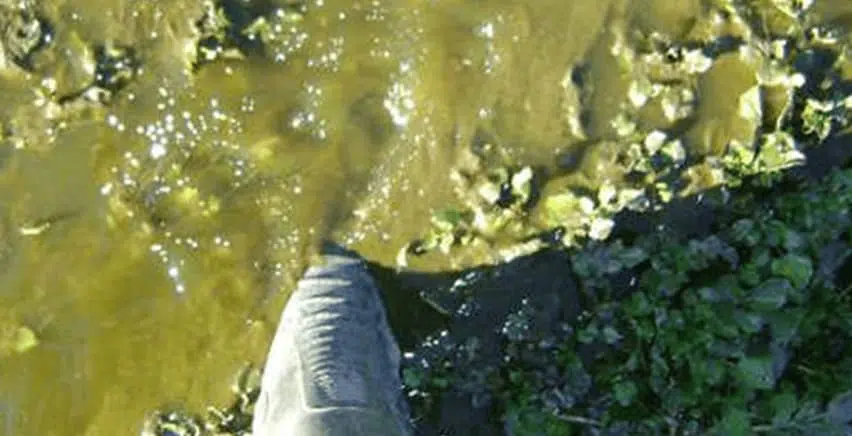
Nitrate is colourless, odourless and tasteless so many people are unaware of its presence but a simple inexpensive water analysis will reveal the level present in a groundwater sample. There is a loose three-way connection between bacteria, Nitrate and other agricultural chemicals – they are all applied to the land surface and will leach into underground aquifers, so if one is present, the others may also be.
Increased awareness of the known negative health risks associated with Nitrate, which converts into a carcinogenic compound (N-nitroso) after ingestion, is slowly becoming more acknowledged. Traditionally, Nitrate poisoning in babies (Methemoglobinaemia) and pregnant women has been under-reported but the sheer volume of wells and families affected is increasing.
A 2018 Danish report correlated documented evidence from a very substantial long-term study that proves an increased incidence of colo-rectal (CRC) or bowel cancers associated with Nitrate, in drinking water at a very low level. The dramatically lower trigger point reported is noteworthy.
New Zealand has one of the highest incidents of colo-rectal or bowel cancers worldwide.
Based on drinking water quality analyses at public waterworks and private wells between 1978 and 2011, the study calculated nitrate exposure for 2.7 million Danish adults, 5,994 of which were found to have CRC.
During that time the Danish researchers found nearly 6000 cases of colo-rectal cancer within the study group.The research was a major work which involved collecting data from 2.7 million adults for 33 years.

They looked at the risk of cancer in relation to the level of nitrate exposure in the drinking water supplies of these people and they found the risk was around 16 percent higher in the most exposed group.
A big surprise was the level of risk was elevated in comparatively low levels of nitrate – A statistically significant increase in colorectal cancers rates when the level of Nitrate in groundwater was 3.8ppm
New Zealand has a Maximum Acceptable Value (MAV) of 11.3ppm
Point of Use (POU) water treatment is ideal for Nitrate reduction and other agricultural chemicals to provide safeguarded water in individual homes for all water used for food preparation, cooking, drinking and especially for making baby formula.
It is predominantly the water entering your body that is of greatest concern, so the water purifier is installed in the kitchen. The in-coming cold water is directed through a sediment then carbon pre-filter before passing through the RO membrane with a pore size of .0005 of a micron which is 80,000 times smaller than the smallest visible dot–so molecular separation of the totally dissolved solids. (Smallest visible size is about 40 micron)
The rejected waste water is washed away to the kitchen drain and the purified water to a reservoir tank with approx 10-12 Litre capacity. There is a separate dispensing tap mounted into the kitchen bench top by the sink. A Water Quality Monitor is installed as part of the tap, so the rejection rate of contaminants is available with the press of a button, for continuous information. The RO membrane is capable of producing up to 50 American GPD on demand.
The Reverse Osmosis process has international acceptance as a proven and very effective option to safeguard water to be used domestically for food preparation, cooking, drinking and for making baby formula.
Testing and certification by the American NSF International against NSF/ANSI Standard 58 for the reduction of the claims specified on the Performance Data sheet for testing under Laboratory conditions, report an average reduction of 87% for Nitrate from influent water challenge concentration of 27ppm Nitrate and 86% reduction for 30ppm combined Nitrate +Nitrite (as N)
We understand some health professionals have taken particular notice of the recent Danish study which reported a very much lower level of Nitrate correlated with increased cancer rates, than the current MAV in the Drinking Water Standards for NZ.
Looking for a reliable Nitrate water filter and Nitrate removal solution? Sue Kelly Nitrate treatment system can help you remove Nitrates in water and enjoy Nitrate safe water.
- Sue Kelly Water Systems Ltd was established in Ashburton and now operating in Christchurch, have specialised in water treatment for over 30 years.
- Nitrate levels in groundwater are increasing.
- Because Nitrate/Nitrite in water is invisible, many people are not aware of the presence of these chemicals in ground water, or the resulting negative health implications.
- A simple inexpensive test can be arranged for any water sample.
- Most water filters do not remove Nitrate.
- The correct technology in an under bench water purifier is extremely effective in dramatically reducing Nitrate levels to safeguard water for domestic use.
- Approx. 80+% rejection rate along with other agricultural chemicals.
- Nitrates Drinking Water New Zealand
Watch the Breakfast interview – NZ water nitrate levels not meeting basic human rights – Greenpeace
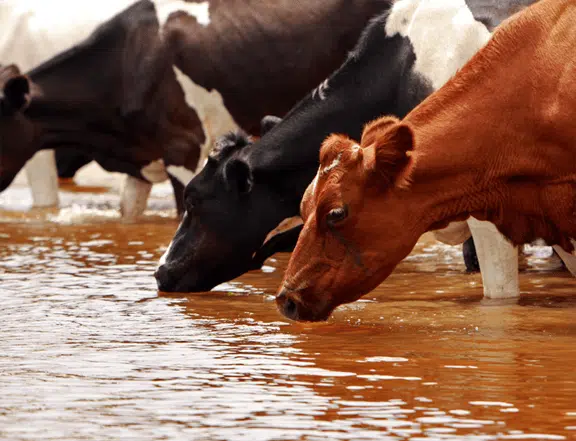
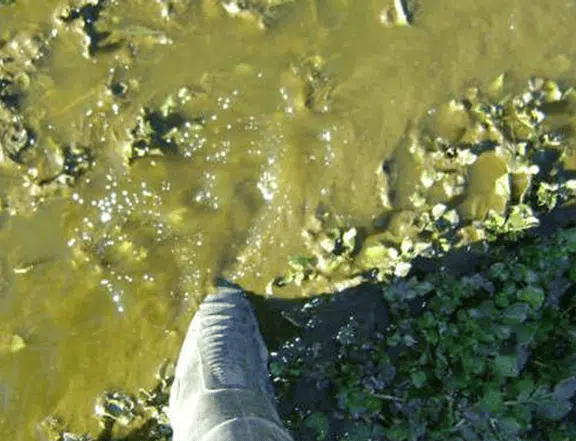

Media Articles Related To Nitrates
Nitrate in drinking water could cause up to 100 cases of bowel cancer in NZ
Original article Nitrate contamination of drinking water could cause up to 100 cases of bowel cancer in New Zealand every year, leading to 40 deaths, New Zealand research has estimated. The collaborative research by the Universities of Otago, Loughborough, Auckland...
Calls for ‘precautionary approach’ after study links nitrate levels to pre-term births
Stuff article New research shows a strong link between nitrate in drinking water and babies being born underweight or prematurely. In analysis released exclusively to RNZ by Otago University, it was revealed much lower levels of the chemical than were previously...
MHV Water to do drinking water nitrate tests for public at show
MHV Water will be doing nitrate tests of drinking water for the general public at the Mayfield A&P Show. MHV Water is a co-operative with 206 shareholders across the Hinds Plains area delivering water for irrigation. The co-op hopes people district wide will take...
Nitrates in our water – the doubts remain alarming
EDITORIAL: We cannot yet stand convinced that nitrates in our water have a connection to New Zealand’s high bowel cancer rate. But we should be unnerved by a study that finds it may be so. Sufficiently unnerved to seek plausible assurances that a real sense of urgency...
Stuff article: Canterbury water could be ‘undrinkable’ in 100 years because of nitrates
Users of Canterbury’s world-renowned drinking water have been issued a dire warning: “Pollution could render it undrinkable in 100 years.” The warning comes from the Canterbury Medical Officer of Health, Dr Alistair Humphrey, as concern builds over nitrates entering...
![]()
I had the water tested for bacteria and it came back clear but our symptoms were persisting. After almost two months at the
address and no answers I decided to pay the money and have further test done on the water. Our test came back showing that our
water was very high in Nitrates – the level was 16. It also showed our water was very hard. We Installed a Reverse Osmosis system
for our drinking water and the transformation in our daughter has been remarkable. We watched her eczema literraly disappear
from her body. My symptoms of nausea and lack of appetite have also disappeared. This is just our experience. For us changing our
water has brought about a dramatic improvement in our health issues. Nitrates were an issue that I was completely unaware of.
We are now into our 3rd week of being healthy and happy.
![]()
H & E, ASHBURTON
![]()
As you know we have struggled with the water quality for many years, with varying degrees of improvement but none have come anywhere
near the huge improvement we have gained with your new treatment material. We had virtually given up hope of ever being able to just
have water on tap that we could use without all the hassles of staining and scale buildup in the toilet bowl, the shower and even the
washing machine. We were sceptical but your enthusiasm and the information you provided us gave us hope that this time we really
might have good clean water – and we have. It is just so nice to do a load of washing with the stains and scum. We are loving it!
Many thanks Sue.
![]()
M & P, CANTERBURY
![]()
Sue, Just a note to thank you for solving our water problems. As you know we have had serious iron and more recently Manganese
problems with our water for months – if not years. Eventually the manganese levels approached toxic levels that would have damaged
our health. The iron was staining our washing, our dishes and even the side of the house. Your water softening and treatment system
has solved the problems completely and we can now drink the tap water again. Many thanks
![]()
C&A LEESTON
![]()
We recently purchased a water softener and filtration system from Sue Kelly Water Systems Ltd. Our water quality was so bad it
was almost undrinkable due to high levels of iron and manganese. The system she supplied has made a fantastic difference to the
quality of the water, we can now drink it with confidence and pleasure. Sue’s advice, service and backup have been second to
none and we highly recommend her very professional company.
![]()
P & K, LITTLE RIVER
![]()
” Knowing we had to improve our water quality we got in touch with you and you recommended us the best treatment programme for
our situation. You explained the process easily and were upfront with the costs involved. You were very professional and had much
knowledge of your product making the whole process straight forward and hassle free. Thank you very much it has truly made a
wonderful improvement to our water quality. “![]()
N & S, KAIAPOI
Sue Kelly provides effective solutions for nitrate reduction in drinking water. With their range of products and services, they aim to help families achieve nitrate safe water. Utilizing advanced technologies such as reverse osmosis and ion exchange, their solutions effectively remove nitrates from drinking water and provide clean, safe water for you and your family.
Nitrates in drinking water can pose a serious threat to infants, young children, and pregnant women. Sue Kelly understands the importance of nitrate safe water and is committed to providing families with solutions for nitrate reduction.
The company offers a range of nitrate reduction solutions that are designed to be easy to use and maintain. Whether you’re looking for better-tasting water or need to remove other contaminants from your water supply, Sue Kelly can help you achieve nitrate safe water.
If you’re concerned about nitrates in your drinking water, consider Sue Kelly for your nitrate reduction needs. With their advanced technology and commitment to customer satisfaction, you can trust that you’re getting the best products and services for your needs. Book a free initial consultation today to learn more about how Sue Kelly can help you achieve nitrate safe water for you and your family.

